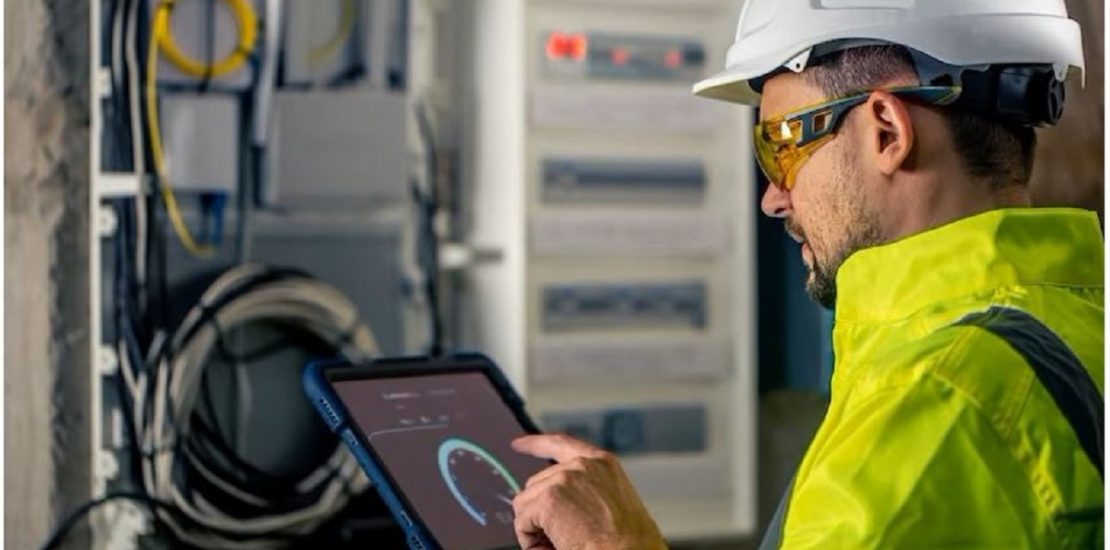The Importance of Safety Integrity Level (SIL) Determination in Safety Instrumented Systems (SIS)
- August 3, 2023
- Posted by: Velosi Author
- Categories: Insights, Trainings

The Importance of Safety Integrity Level (SIL) Determination in Safety Instrumented Systems (SIS)
In process industries, safety is of utmost importance, especially in industries where hazardous materials or processes are present. Safety Instrumented Systems (SIS) are often used to mitigate these risks. These systems are designed to automatically detect and respond to hazardous conditions, which prevents accidents.
A critical component of SIS design is determining the system’s Safety Integrity Level (SIL). In order to ensure that the system will perform its intended function when required, SIL is an indicator of an SIS’s reliability. The higher the level of SIL, the more reliable the system is.
There are four SIL levels, with SIL 1 being the lowest and SIL 4 being the highest. The appropriate SIL level is determined by considering the severity and frequency of the hazard, as well as the consequences of failure.
Accurately determining SIL levels cannot be overstated. If the SIL level is too low, the SIS may fail to prevent an accident. A properly determined SIL level ensures that the SIS is sufficiently reliable to protect people and property from harm. Alternatively, if the SIL level is too high, the system may be unnecessarily expensive.
The methods used to determine the SIL level of a SIS include:
- Risk Graph Analysis
- Layer of Protection Analysis (LOPA)
- Fault Tree Analysis (FTA)
Each of these methods has its own strengths and weaknesses. Risk Graph Analysis is a relatively simple method that can be used to get a quick estimate of the SIL level. LOPA is a more detailed method that can be used to account for multiple layers of protection. FTA is the most detailed method, but it can also be the most time-consuming. The best method to use for SIL determination will depend on the specific application. However, all of the methods mentioned above can be used to ensure that the SIL level of a SIS is properly determined.
Benefits of SIL Determination
- Increased safety: A properly determined SIL level will help to ensure that the SIS is reliable enough to prevent accidents.
- Reduced risk: By reducing the risk of accidents, SIL determination can assist to protect people and property from harm.
- Improved compliance: SIL determination ensures that a company is compliant with industry standards and regulations.
- Reduced costs: By preventing accidents, SIL determination can potentially reduce the cost of insurance and liability.
The importance of SIL determination cannot be overstated. By properly determining the SIL level of an SIS, an organization can help to ensure that the system is reliable enough to protect people and property from harm.
Safety Instrumented Systems (SIS) Management Training
SIS Management Training is designed to help participants understand the core principles of functional safety so that they can make informed decisions about SIS risk parameters and design options.
Please contact us for more information and assistance.


